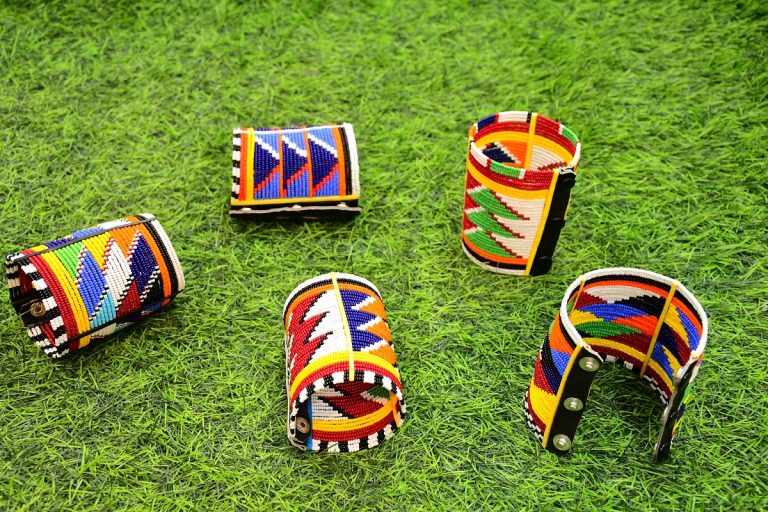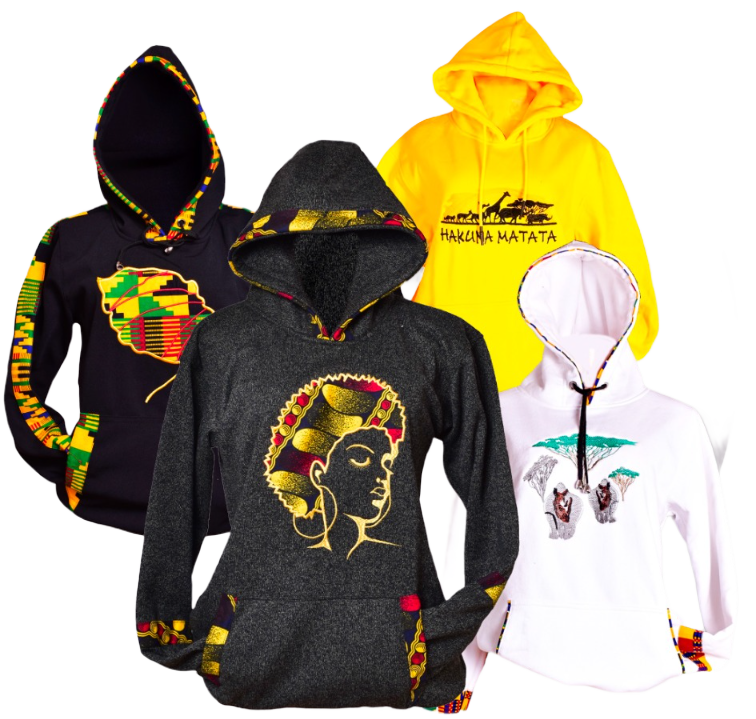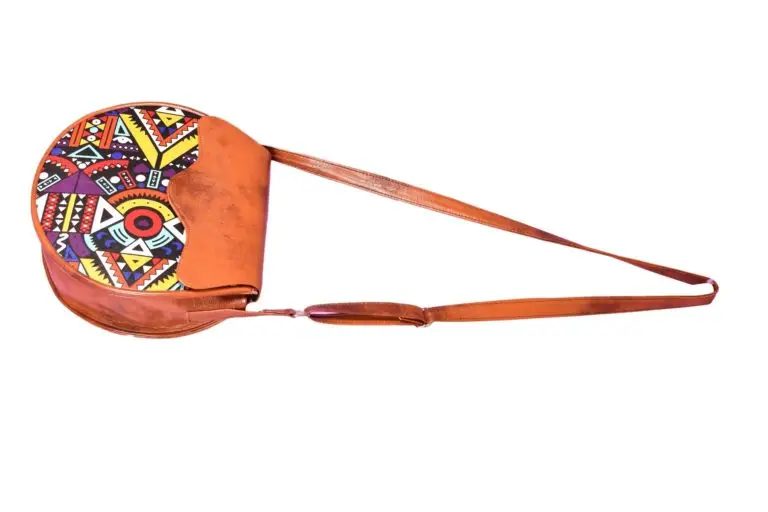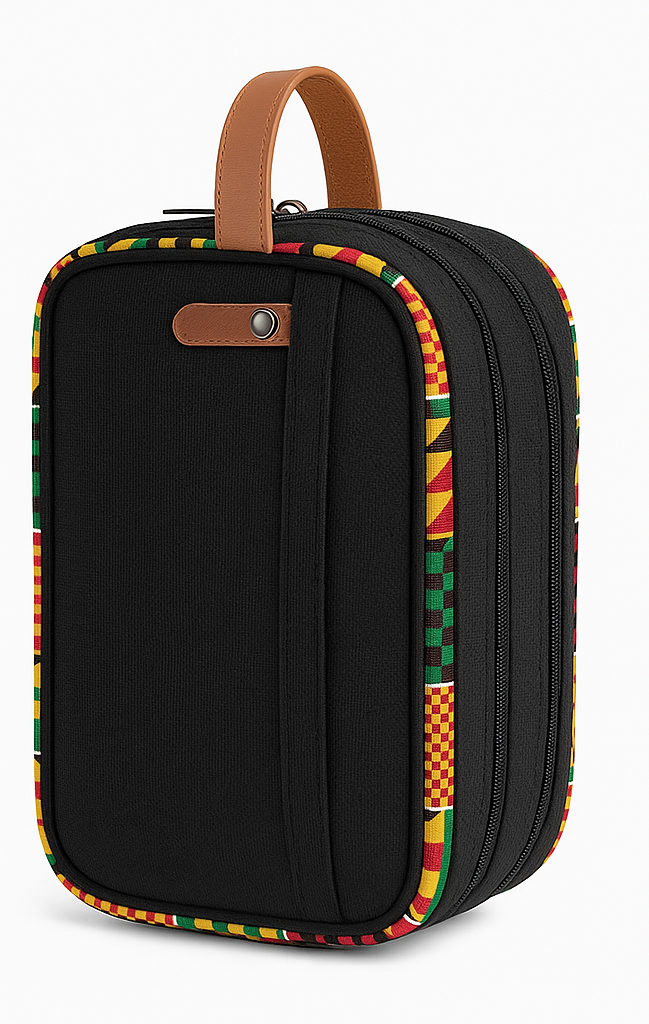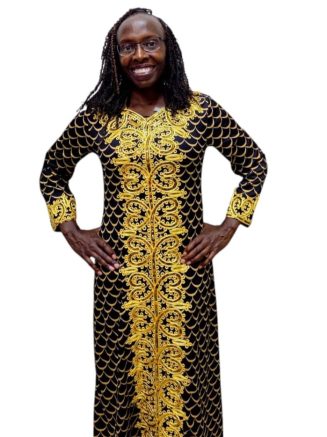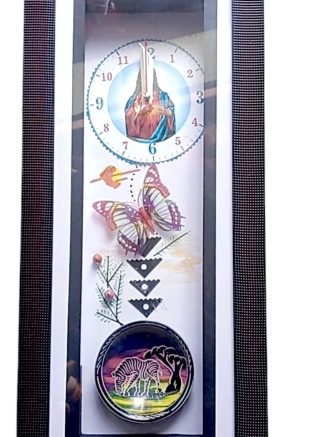A Cultural Journey for African Clothing for Women
The intricate journey of African clothing for women is as diverse and colorful as the continent itself. It is a tapestry woven with the threads of history, culture, and identity, each stitch representing the unique story of African women. This article delves into the evolution of African clothing for women, exploring how traditional attires have transformed over time, while still retaining their deep-rooted cultural significance.
The Roots of Tradition
The story of African clothing for women begins in the cradle of humanity. Traditional garments were more than just attire; they were a means of communication, signifying status, ethnicity, and even marital status. Materials used ranged from animal skins and bark cloth to hand-woven fabrics. The intricate beadwork, embroidery, and patterns specific to each region spoke volumes about the wearer’s heritage.
In West Africa, for instance, the ‘Buba’ and ‘Iro’ in Nigeria, the ‘Kente’ cloth of Ghana, and the ‘Bogolanfini’ or mud cloth of Mali, each tell a tale of skill, tradition, and local aesthetics. In East Africa, the ‘Kanga’ and ‘Kitenge’ are more than just clothing; they are canvases that carry proverbs and messages, often used to convey wisdom and societal norms.
Colonial Influence and Adaptation
The colonial era introduced European fabrics and styles, significantly impacting African clothing. Women began to adapt these new materials to traditional designs, creating a fusion of styles. The ‘Dutch wax prints’, commonly known as ‘Ankara’ in West Africa, are a perfect example of this blend. Originally an imitation of Indonesian Batik by Dutch traders, these fabrics were embraced by African women, who made them their own with vibrant colors and distinct African motifs.
This period was marked by a blend of resilience and adaptability, as African women merged the old with the new, creating a unique identity through their clothing. It was a silent form of resistance and self-expression in the face of cultural domination.
Post-Colonial Renaissance and Pan-African Pride
Post-independence Africa saw a resurgence of traditional attire as a symbol of pride and cultural identity. African clothing for women became a canvas to showcase African creativity and heritage. Designers began experimenting with both traditional and modern techniques, bringing African fashion to the global stage.
The use of ‘Ankara’ fabric became widespread, not just in clothing but in accessories, home decor, and even in art. Celebrities and fashion icons adorning these styles further catapulted African fashion into the international limelight. The ‘Dashiki’, a colorful garment that spread across Africa and the African diaspora, became a symbol of Afrocentrism and a political statement during the Civil Rights Movement in America.
Contemporary Trends and Global Influence
Today, African clothing for women is at the forefront of global fashion trends. Designers are blending traditional patterns and fabrics with contemporary styles, creating pieces that are both timeless and modern. This fusion has placed African fashion on global runways, with international designers drawing inspiration from African motifs and textiles.
The rise of sustainable fashion has also seen a return to traditional methods of fabric making and dyeing, such as the use of natural dyes and organic cotton, resonating with the global shift towards eco-friendly fashion. African designers are leading the way sustainably, using local resources and traditional techniques to create environmentally conscious and ethically produced garments.
The Digital Era and Accessibility
The digital age has transformed the accessibility of African clothing for women. Social media and e-commerce platforms have bridged the gap between local artisans and a global audience. African fashion bloggers and influencers are showcasing the versatility and beauty of African attire, inspiring a new generation to embrace their heritage.
Moreover, online platforms have become a vital tool for artisans and small businesses, allowing them to reach a wider market and sustain their crafts. This digital revolution is not just about fashion; it’s about preserving culture and supporting local economies.
A Journey Continues
The evolution of African clothing for women is a testament to the resilience, creativity, and adaptability of the African spirit. From traditional garments steeped in history to contemporary designs making waves in the global fashion scene, African clothing for women is a celebration of cultural identity.
As African Bravo Creative, we believe that every piece of African clothing worn by a woman is a chapter in the ongoing story of a vibrant culture. It’s more than just attire; it’s a legacy that we proudly wear and continue to evolve with each passing day.
In the fabric of African clothing for women, we see not just colors and patterns, but the past, present, and future of a continent that continues to inspire and amaze the world. The journey of African clothing for women is far from over; it is an ever-evolving narrative of beauty, strength, and cultural pride.


